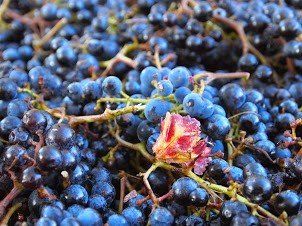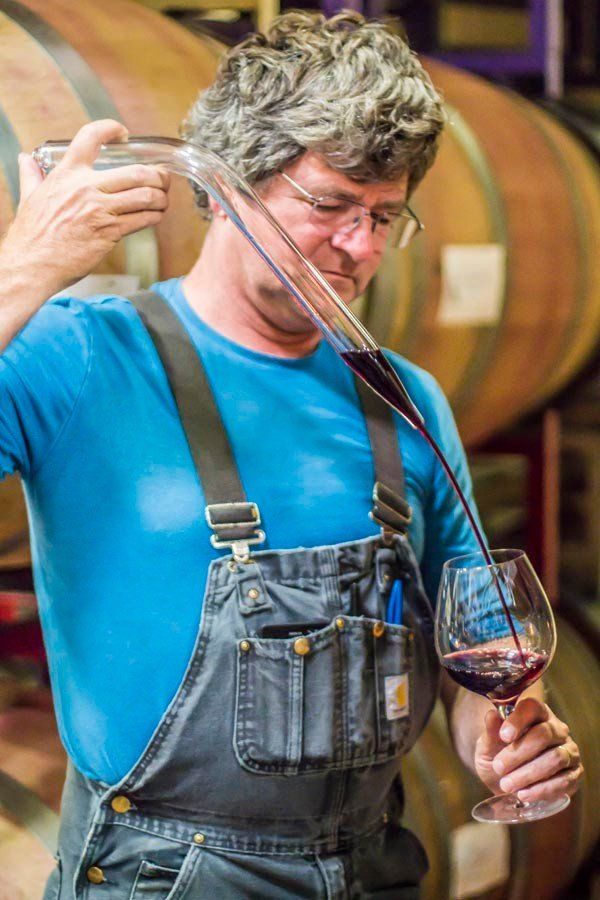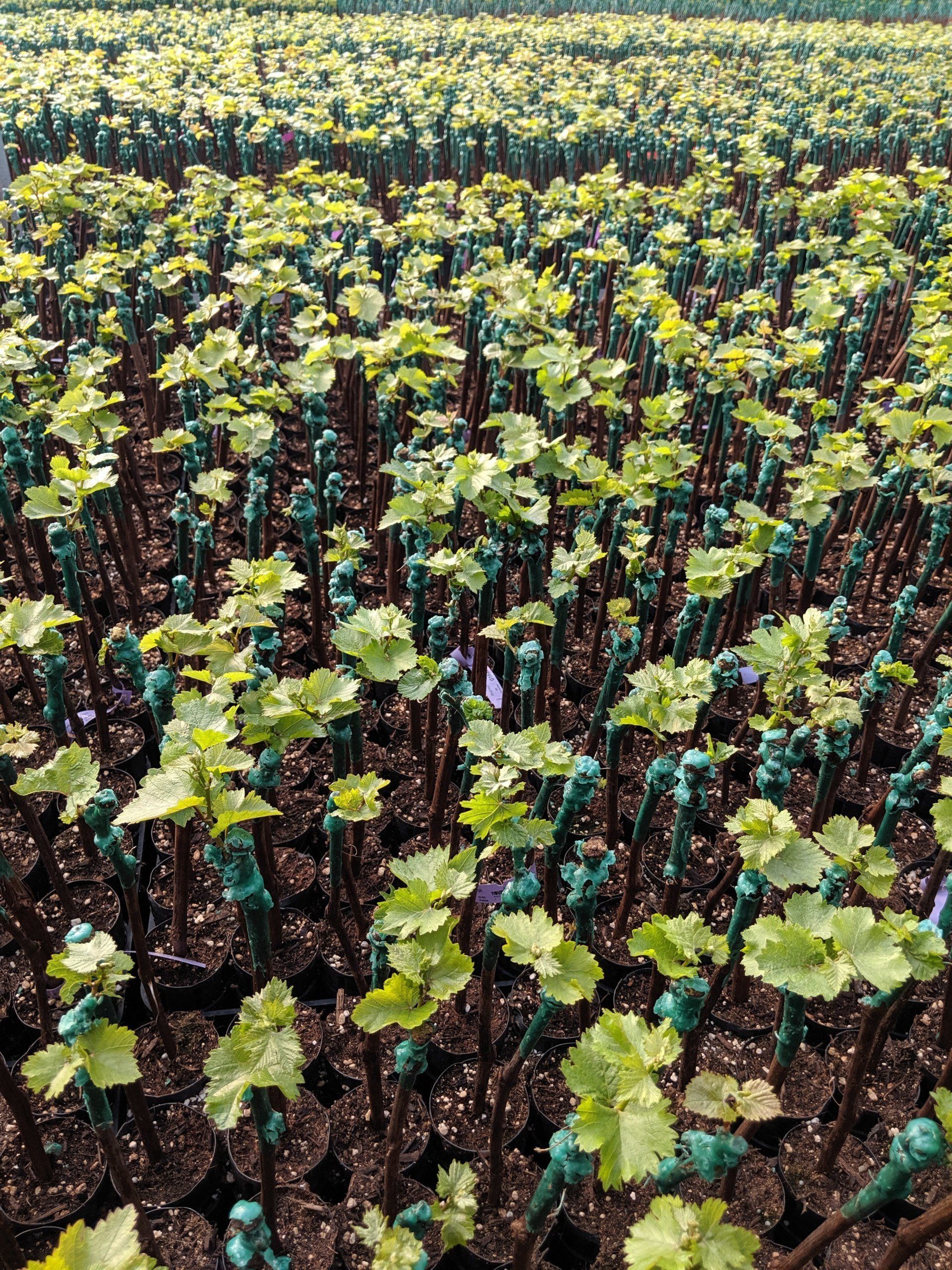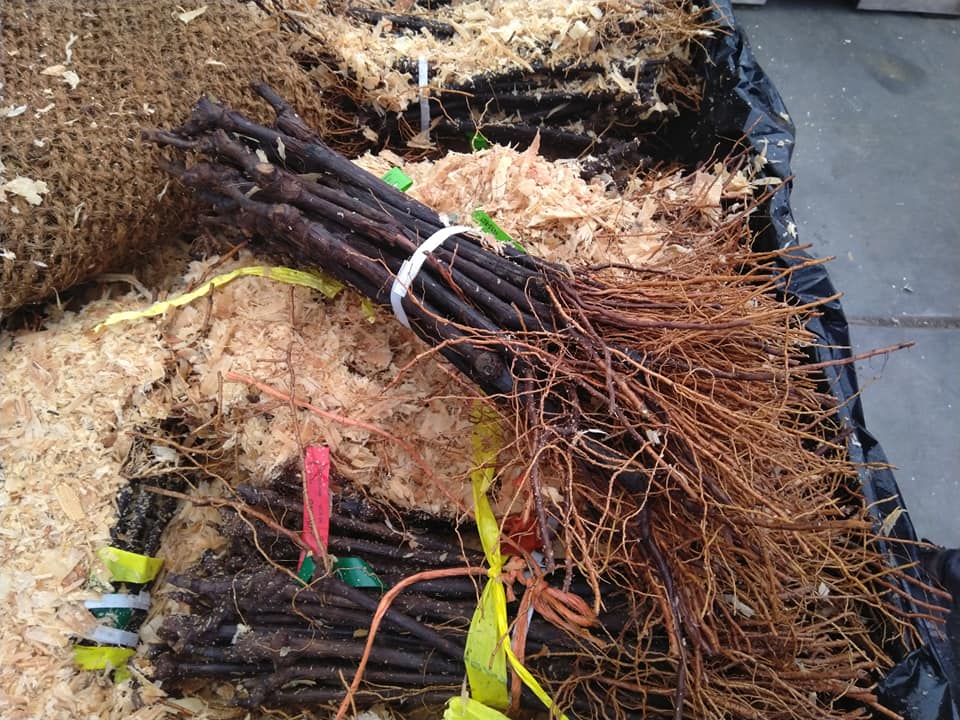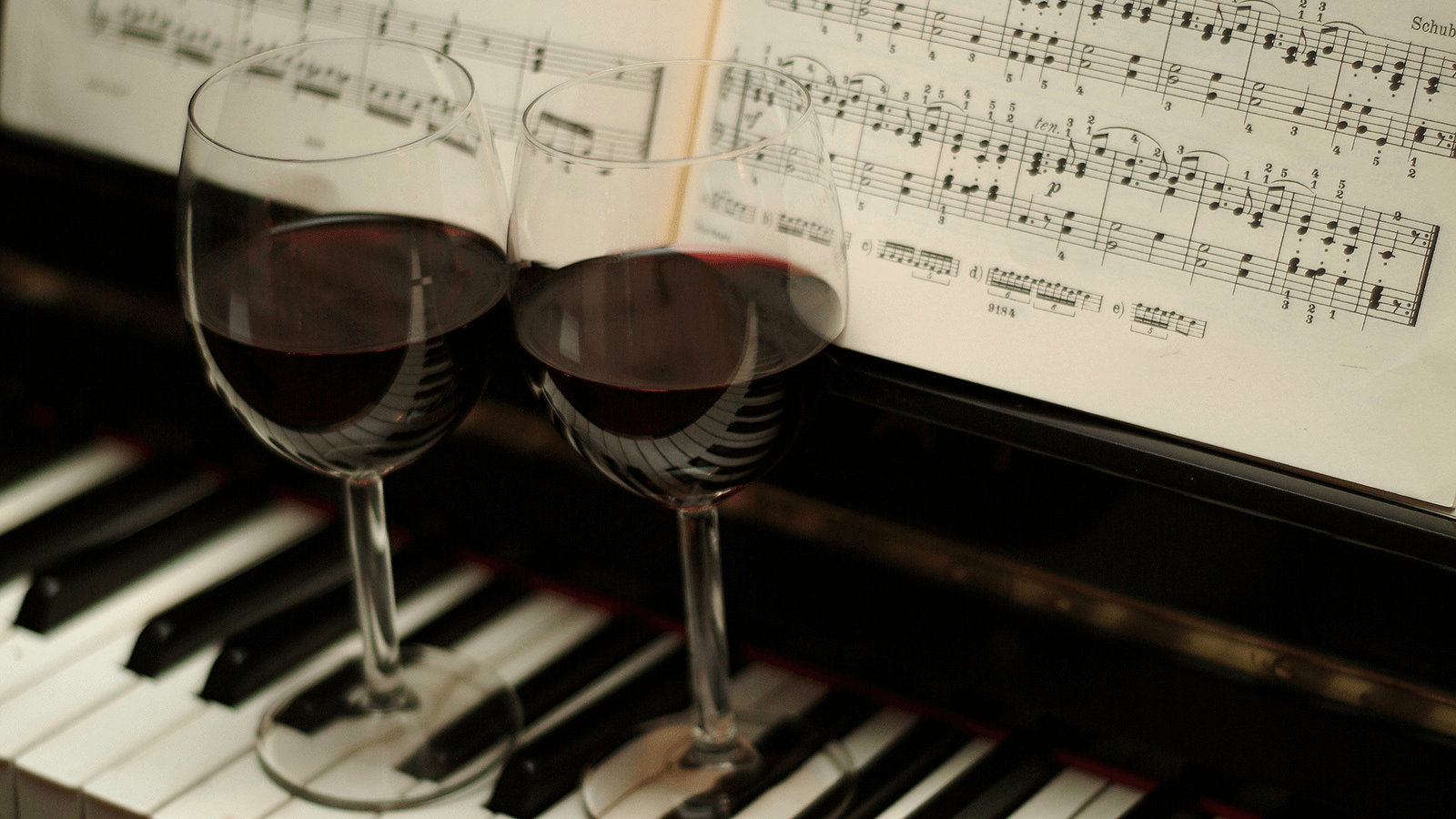Beneath the Ancient Oak
- By Melissa Moholt-Siebert
- •
- 24 Apr, 2019
- •
how oaks have sex -- and other interesting factoids
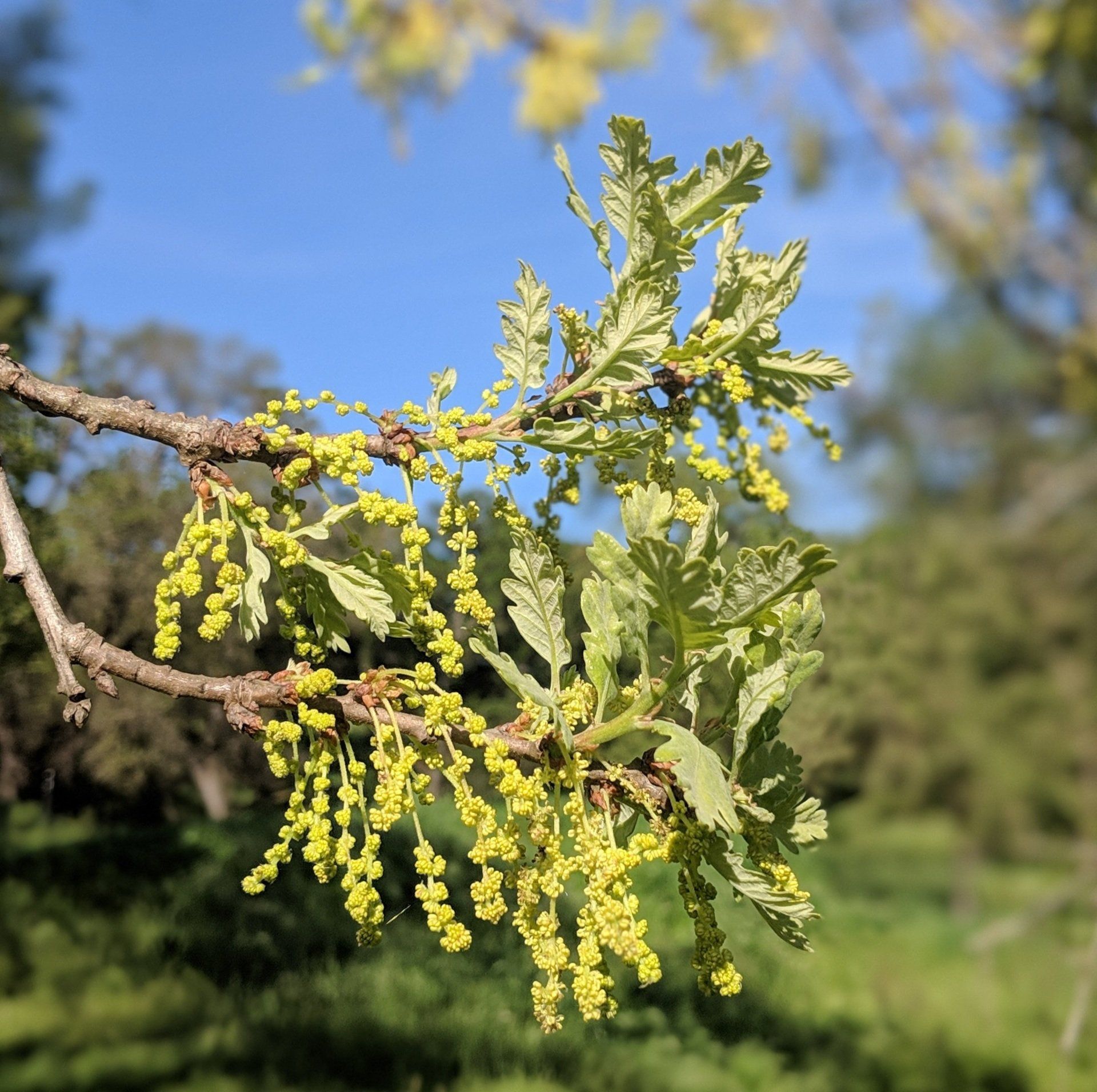
The yellow, wormlike items in the picture are catkins, more technically known as aments. Catkins are clusters, or inflorescences, of male flowers. Each of the "bumps" on the catkins is a male flower consisting of a bract (a highly modified leaf), a lobed calyx and some pollen-producing stamens.
Once the stamens have released their pollen into the air, the entire catkin will fall from the tree. You have likely seen thousands of such spent catkins littering a sidewalk beneath an oak tree early in the spring. Other trees producing catkins include willows and birch.
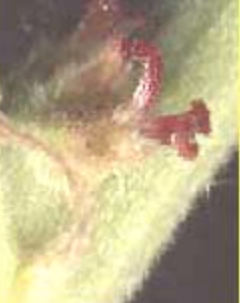
On a flowering oak twig you have to look close to see the female flowers -- the future acorns. The above photo shows a much-magnified female flower. Actually, mainly you just see the reddish 3-lobed stigma. Below the stigma there's an egg-shaped ovary, camouflaged so well that it blends with the fuzzy petiole beneath it, and the fuzzy stem just to its left.
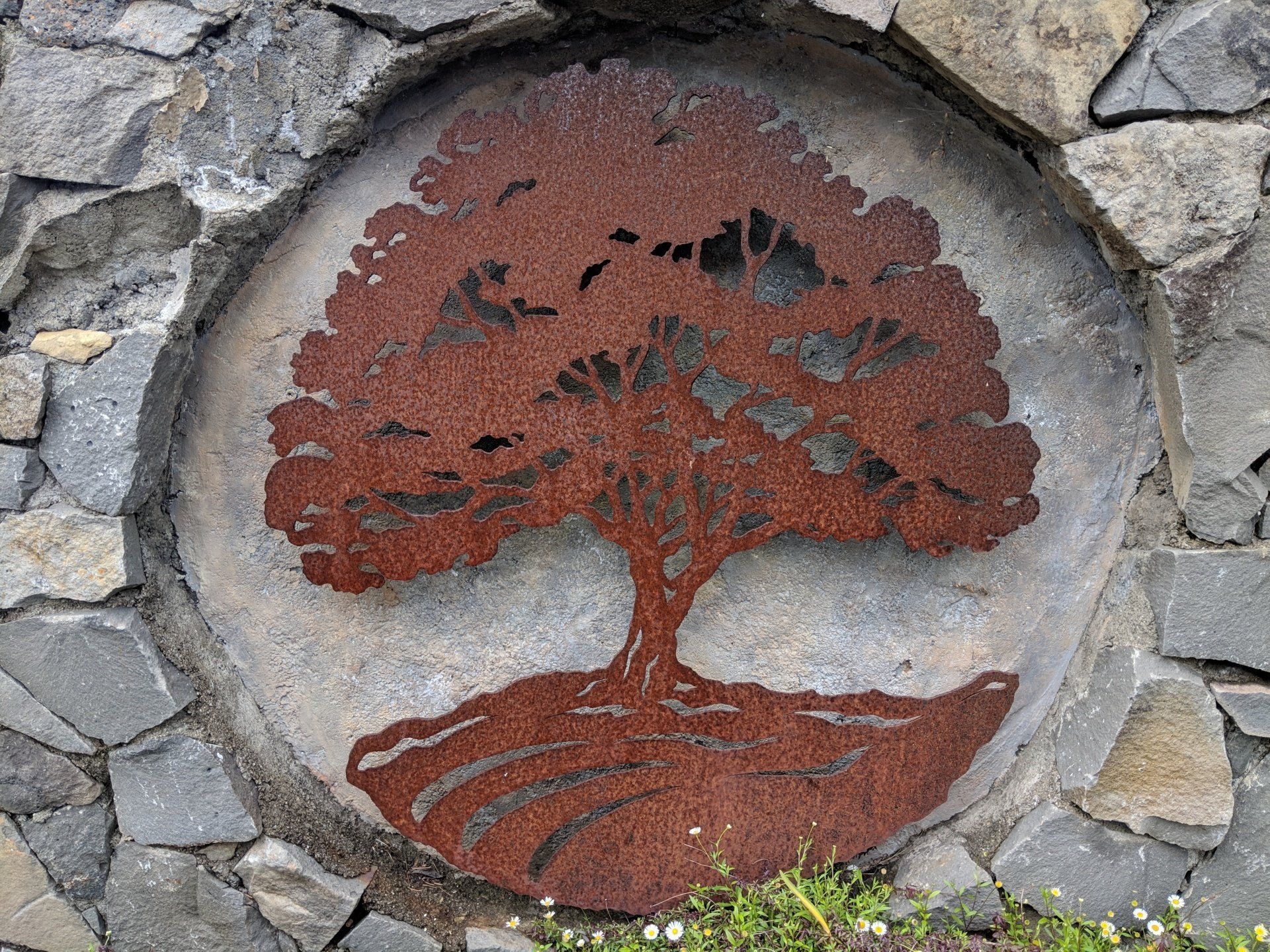
An oak is a tree or shrub in the genus Quercus, of the beech family, Fagaceae.
There are approximately 600 extant species of oaks. The genus Quercus is native to the Northern Hemisphere, and includes deciduous and evergreen species extending from cool temperate to tropical latitudes in the Americas, Asia, Europe, and North Africa.
North America has the largest number of oak species, with approximately 90 occurring in the United States, and 160 species endemic to Mexico. The second greatest center of oak diversity is China, which has approximately 100 species.

The fruit of the oak tree is an acorn; each acorn contains one seed (rarely two or three) and takes 6–18 months to mature, depending on their species. The acorns and leaves contain tannic acid, which helps to guard from fungi and insects.
Oaks produce more than 2000 acorns every year, but only one in 10,000 acorns will develop into oak tree.
A lot of animals (pig, deer, squirrels, mice, ducks…) feed on acorns.
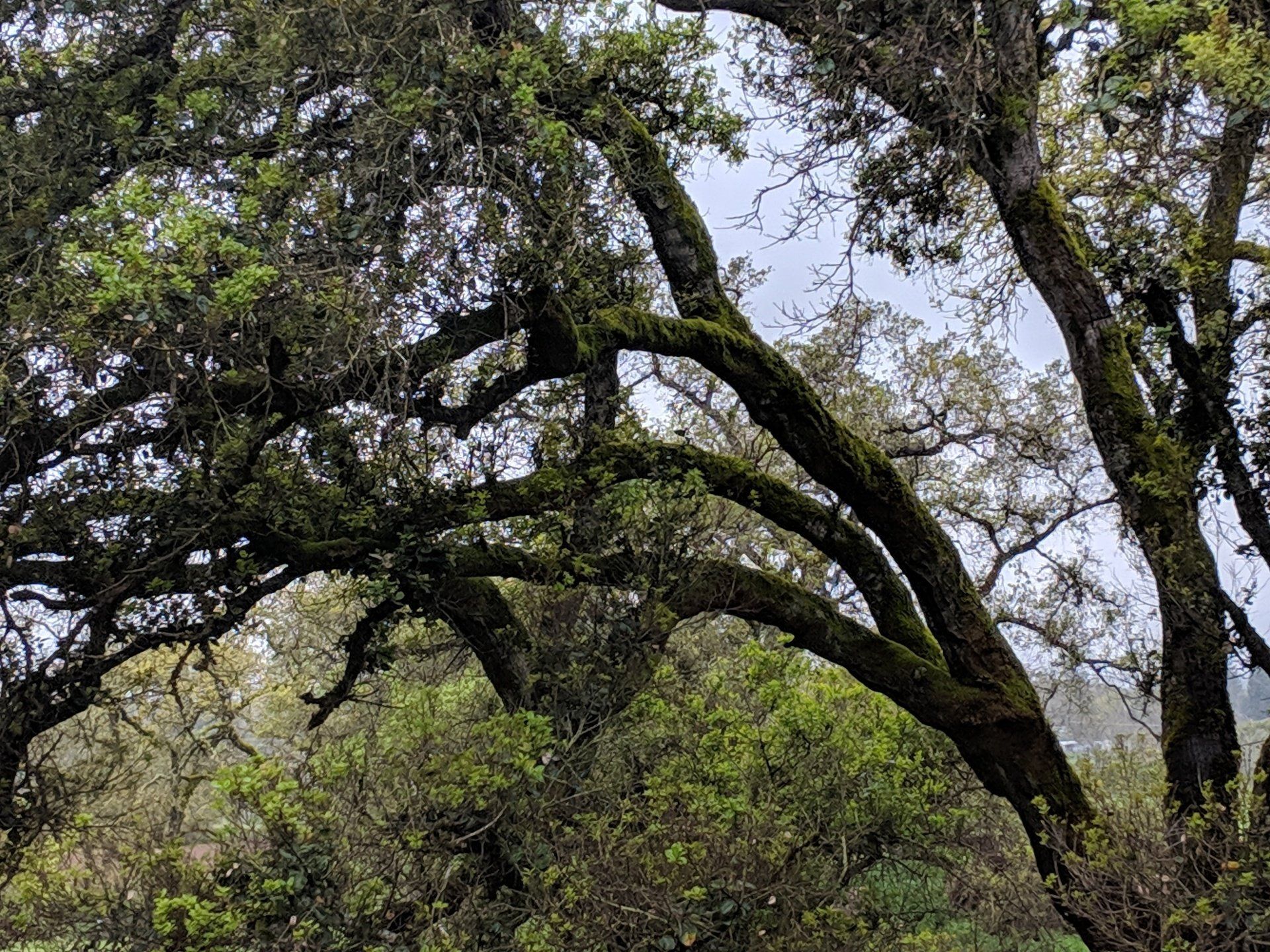
Oak is national plant of many other countries including England, France, Germany, Latvia, Poland and Serbia.
Oak leaves are used in army ranking: silver leaf indicates Lt. Colonel while gold leaf indicates Lt. Commander.
One of the oldest Britain's coins (six pence) has an oak engraved on one of the surfaces.
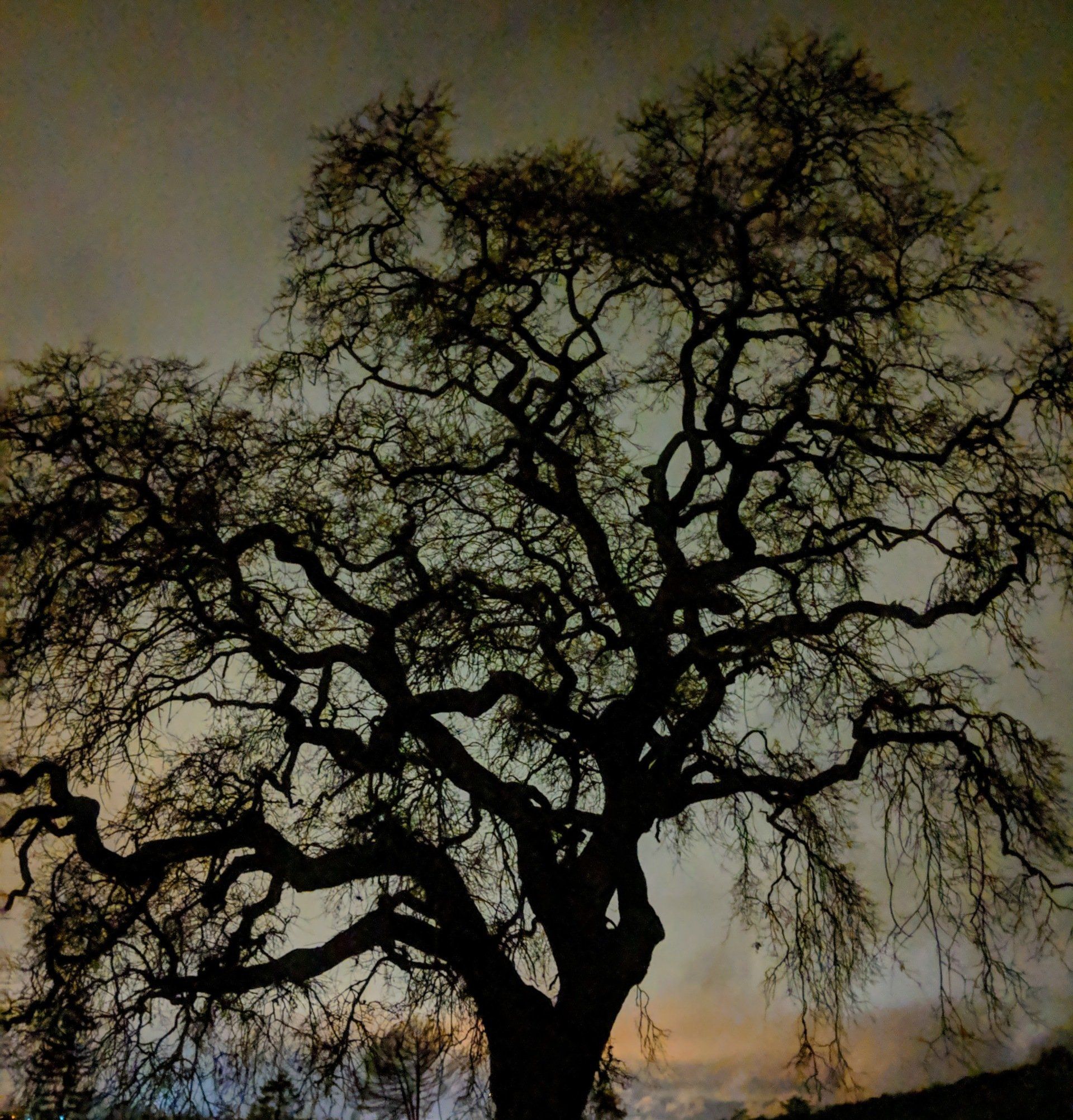
Most species of oaks live over 200 years. There are certain oaks that can survive over thousand years. Oak trees planted during the reign of King John managed to survive 800 years and the reign of 35 other British rulers.
Production of acorns starts when an oak is 20 to 50 years old.



